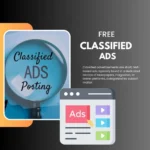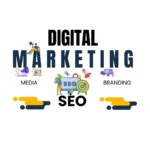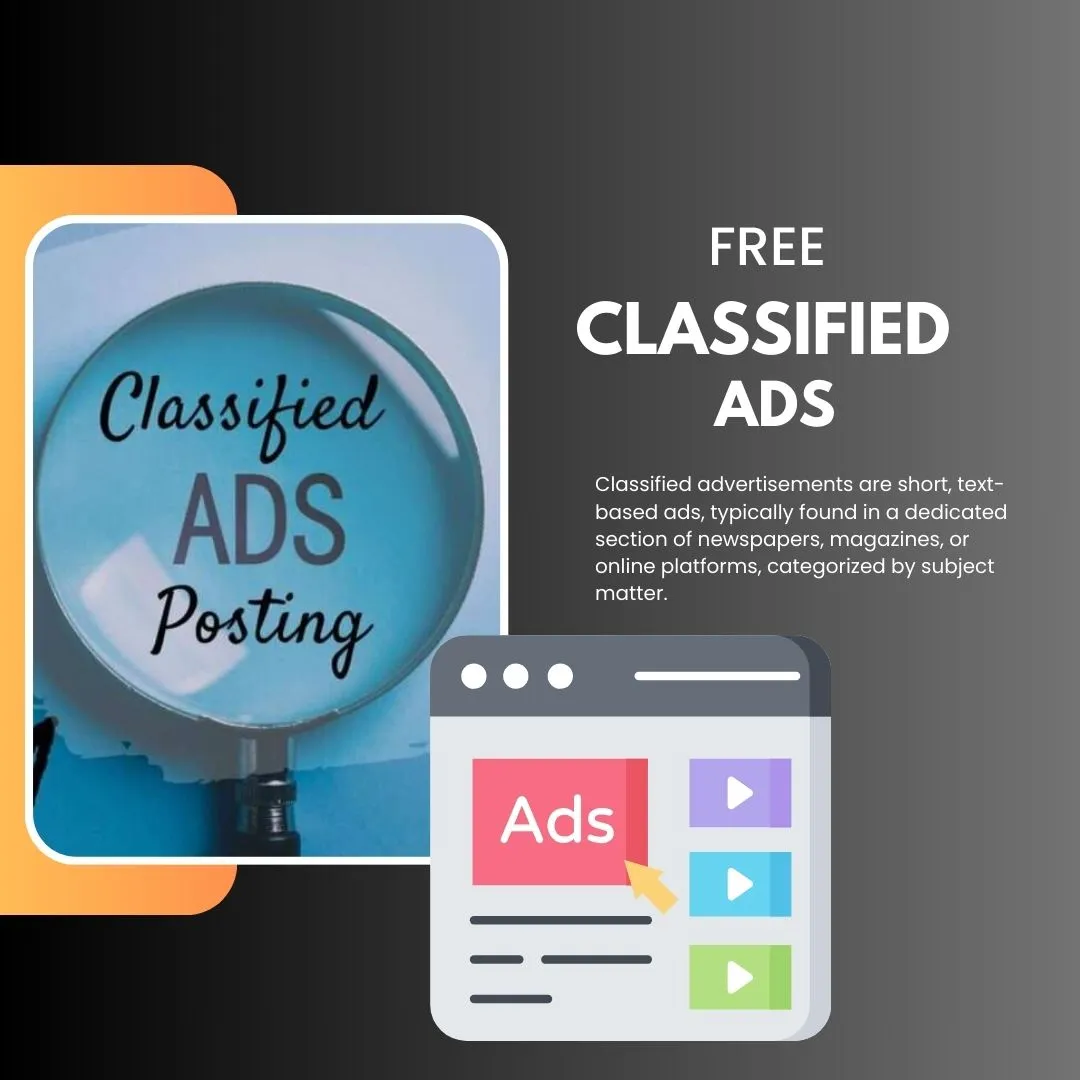Let’s be honest — marketing has changed a lot over the years.
A few years ago, during my college fest, we had to spread the word about our event. We didn’t have a huge budget, so we printed hundreds of posters, handed out flyers near cafes, and even convinced a local newspaper to mention it. It was exhausting, but it worked… kind of.
That was my first real experience with traditional marketing. No algorithms, no clicks — just paper, posters, and a lot of hope. Discover the main differences between Traditional Marketing vs Digital Marketing in this easy-to-understand guide.
Fast-forward to today, and everything’s different. A friend of mine recently started her small skincare brand. Instead of printing anything, she used Instagram reels, ran a few Facebook ads, and collaborated with beauty influencers. Within days, she started getting orders and followers. There was no running around town—just her phone and a good internet connection.
That’s the Power of digital marketing.
Both methods have their place, but they’re very different. If you’ve ever been confused about what’s what, this blog will clear things up in the simplest way possible
What is Traditional Marketing?

Traditional marketing is the old-school way of promoting things. It’s the kind of advertising we all grew up seeing:
- TV and radio ads
- Newspaper and magazine ads
- Posters and billboards
- Flyers and brochures
This form of marketing is mostly offline. It reaches people in the real world, not on their phones or laptops.
Real Example:
When we promoted our college fest using posters and flyers, we were using traditional marketing. We had no idea how many people saw the posters, but we just hoped someone would notice and show up.
It works — especially in places where people aren’t very active online — but it can be time-consuming and expensive.
What is Digital Marketing?

Digital marketing happens online. It’s how businesses promote themselves using the internet and digital devices.
This includes:
- Social media ads (Facebook, Instagram, LinkedIn)
- Google search ads
- YouTube videos
- Email newsletters
- SEO (making your website show up on Google)
Real Example:
My friend’s skincare business is a great example. She didn’t spend on printing anything. She just posted helpful content, shared reviews, ran a few targeted ads, and watched her audience grow — all online.
The best part? She could see who clicked her ad, how many people visited her website, and even how many made a purchase. That kind of tracking isn’t possible with posters or billboards.
Traditional vs Digital Marketing: A Simple Comparison
| Feature | Traditional Marketing | Digital Marketing |
| Platform | Offline (TV, radio, newspapers) | Online (social media, websites) |
| Targeting | Very broad, general audience | highly specific, and personalized |
| Cost | can be expensive | More flexible, and budget-friendly |
| Interaction | One-way communication | Two-way (likes, comments, DMs) |
| Speed | Takes time to plan and execute | Quick to set up and change |
| Tracking Results | Difficult to measure | Real-time analytics and insights |
So… Which One Should You Use?
That depends on your business or goal.
- Local event in a small town? Traditional marketing, like posters and radio, might work better.
- Selling a product online? Digital marketing is a must.
- Big brand campaign with a large budget? A mix of both works great.
Think of it this way:
If traditional marketing is a loudspeaker shouting to a crowd, digital marketing is a private message sent to the exact people who care about what you’re offering.
Final Thoughts
Traditional Marketing and Digital Marketing aren’t enemies — they’re just different tools for different situations.
Traditional marketing has a strong presence, especially offline. It’s familiar and still trusted by many. But digital marketing offers speed, flexibility, and precision — something today’s world demands.
The smartest brands are using both:
A billboard with a QR code that takes you to a website, or a print ad that invites you to follow them on Instagram.
Whether you’re a student learning about marketing, a small business owner trying to grow, or just curious, understanding these two approaches helps you make smarter choices.
And who knows? Maybe your next big campaign will be a mix of both!
Have questions or want tips on running your first digital ad? Drop a comment or message — I’d be happy to help!
Related Post: Top 7 Benefits of Digital Marketing – Why Your Business Should Go Online










